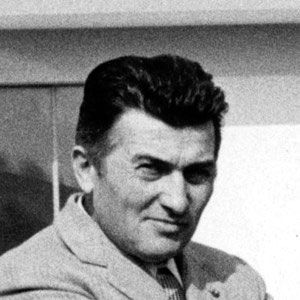The machine of Victory: GAZ M-1
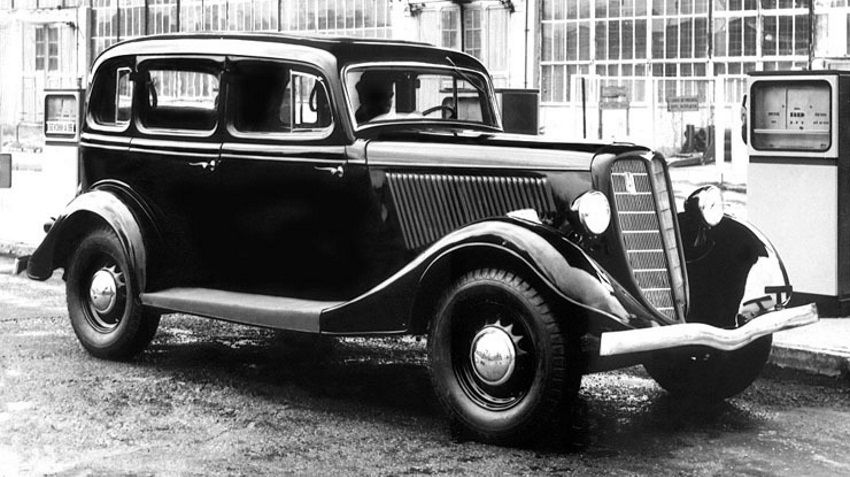
7 May 2018
The story of the legendary "Emka"
The world will commemorate the 73 anniversary of the great Patriotic war. The feat of the ancestors will forever remain in our memory. But do not forget their loyal helpers, without whom Victory would have been impossible — the "iron horses". Mostly looks back to the legendary models of tanks, self-propelled artillery and airplanes, but today we'll talk about cars.
And will begin a series of releases on the Machines of Victory from "Emka". It is noteworthy that serial production of the GAZ M-1 lasted relatively small part of the great Patriotic war at the Gorky automobile plant it was collected from 1936 to 1942.
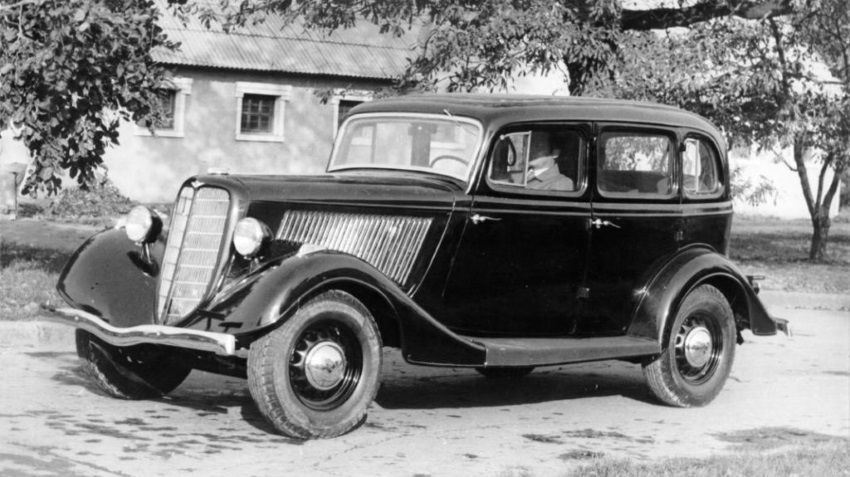
Contemporaries called this car mainly "Emka". However, even in the literature of the time this model was designated as the "M-1" or "M1" that is the name of the plant most often mentioned. The thing is that then the manufacturer is called slightly differently: Nizhny Novgorod automobile plant named after Vyacheslav Mikhailovich Molotov (head of government of the USSR and Chairman of the CPC). So the name "M-1" meant a "Molotov-the first".
a Little background
The predecessor of "Emka" was the first mass Soviet passenger car GAZ-A. He was a licensed copy of the Ford Model A. And as an American prototype was developed in 20 years, and besides, he was in many ways similar to the limit of the simplified Model T Ford, then in the 30's was acutely felt not only moral but also technical obsolescence.
However, the still fragile Soviet economy could not afford the development of a completely new model. Not enough engineering experience: by the time the automotive industry of the USSR produced mainly copies of American cars. It is not surprising that the government decided to go the proven way.
Selecting Western sample
It is unlikely that in the process of creating a "Emka" it is possible to apply terms such as "development" and "design". All Nizhny Novgorod automobile plant took the existing car and only slightly modified.
For was based on the Ford Model B 40A Fordor Sedan sample 1934 model year. This car was equipped with a four-cylinder engine. You can choose eight-cylinder Ford Model 18, but for reasons of economy it was decided to choose the younger version. It should be understood that even with the double benefits according to the number of cylinders "eight" were not two more productive. Surprisingly, two of the internal combustion engine was almost identical in the working volume: 3.5 liters for L4 and 4.6 liter V8. Power was estimated at 50 and 65 horsepower respectively.
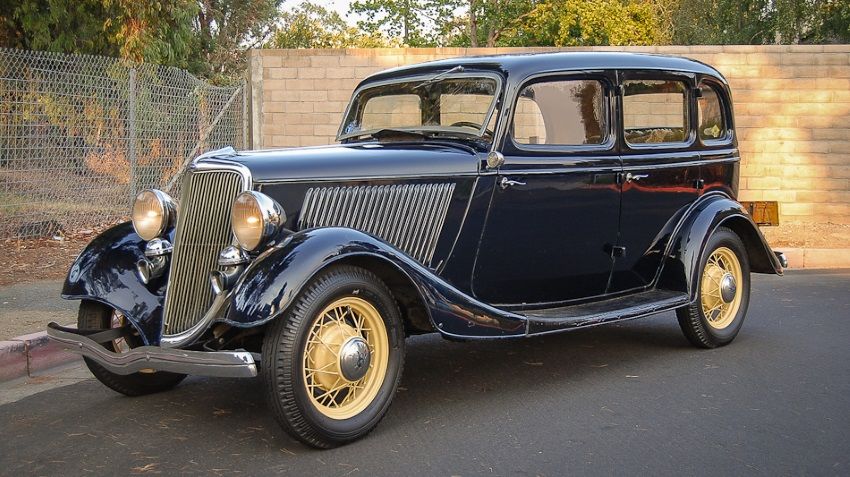
Ford Model B
Yes, already at that time the world of car marketing rules! It is considered that marketers began to dictate their demands only in 2000-ies, when the machine finally "got corrupted". However, in the 30-ies of the last century, Ford went on the V8 solely for marketing reasons, these models are simply considered more prestigious.
One of the key differences Ford Model B from Model A was almost completely metal body. It was designed by Ford with the support of a coach building firm of Budd Company. Still in the design phase delivers a more efficient production process which allowed to increase the speed of Assembly and reduce costs. Last but not least these factors have attracted the Soviet side.
Redesign
Despite the fact that the Nizhny Novgorod automobile plant to get a fully finished car, the contract with Ford, the manufacturer was basically just documentation. Young Soviet enterprise required not only to modify the model under the requirements of the government and prepare it for serial production, but to create a piece of production equipment.
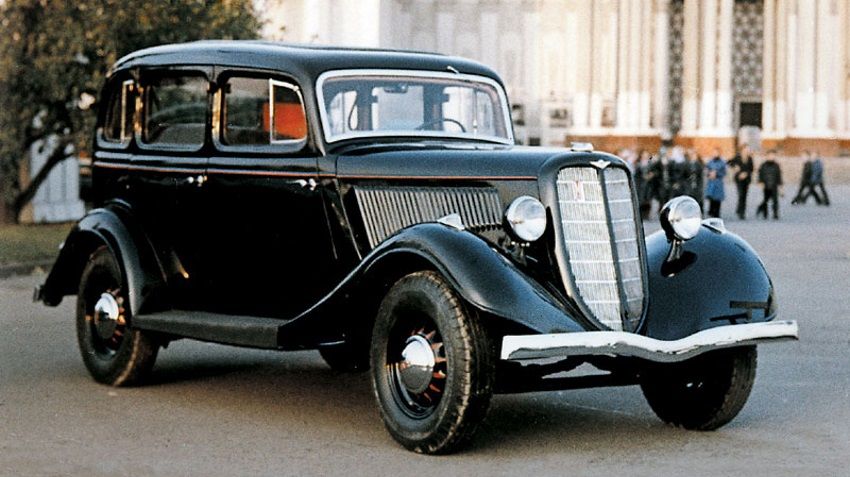
"Emka"
Adaptation Ford Model B lehtla on the shoulders of engineers under the direction of A. A. Lipgart. The team was included Koshkin L. V., A. M. Krieger, V. I. Borisov, Yu. Sorokina, V. I. Podolsky, N. G. Mozohin, V. I. Novoselov, and B. D. Kirsanov. At the initiative Liphart was formulated requirements to the domestic version of "Ford". Professionals were required to increase the reliability of individual components and assemblies to a certain level that would allow long to operate the vehicle based on the Soviet realities. Wanted to improve the flotation machine and to simplify its maintenance and repair, even for low-skilled workers coped with the basic tasks.
So whether "Emka" a full copy of the Ford Model B?
Of course, the GAZ M-1 was built based on the Ford Model B, and without the U.S. model, the issue of the Soviet machine would become impossible. However, it is impossible to say that two cars were twins.
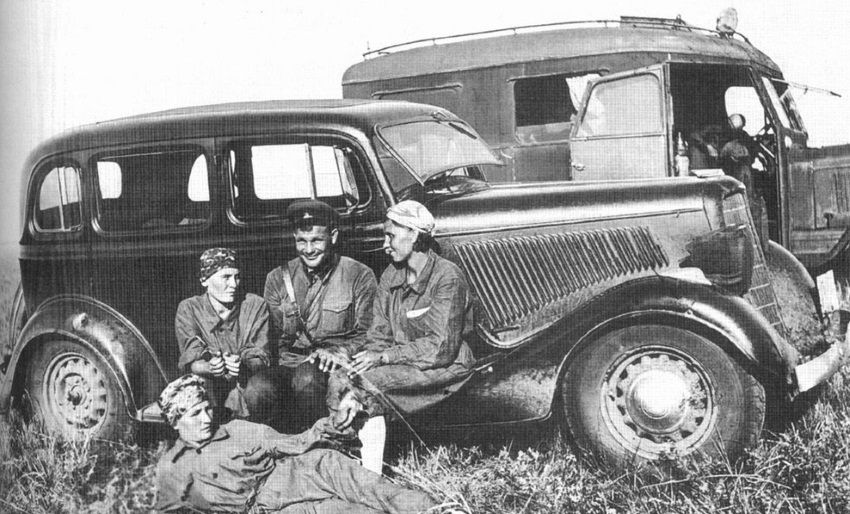
Due to stricter requirements, some parts of the Ford Model B was redesigned or designed from scratch. In addition, the designers of Nizhny Novgorod automobile plant have accumulated considerable experience in the production and repair of the GAZ-a, so that by the mid 30's they already knew what elements need further development.
In the end, in some aspects the GAZ M-1 for its time was even more advanced car than the Ford Model B, as incredible as it may sound. For example, the suspension of the Soviet model was built based on the four longitudinal leaf springs instead of two cross. Also "Emka" got piston hydraulic lever shock absorbers unilateral action overseas although the prototype used the rotative shocks.
Another innovation is the rubber cushion engine, which allowed to significantly reduce the level of vibration and noise: Ford Model B power unit was mounted rigidly. Instead spicemania wheels in the USSR it was decided to stay on a stamped. When you look from the XXI century it is absolutely obvious that on those points the GAZ M-1 was a more modern car (no joke, these solutions are still widely used in the automotive industry).
Life on the line
The first production copies of the "Emka" rolled off the Assembly line on March 16, 1936. In total that year was released 2 524 of the vehicle. Subsequently the production capacity was increased: in the period until 11 December 1938, the company has collected 41 650 cars.
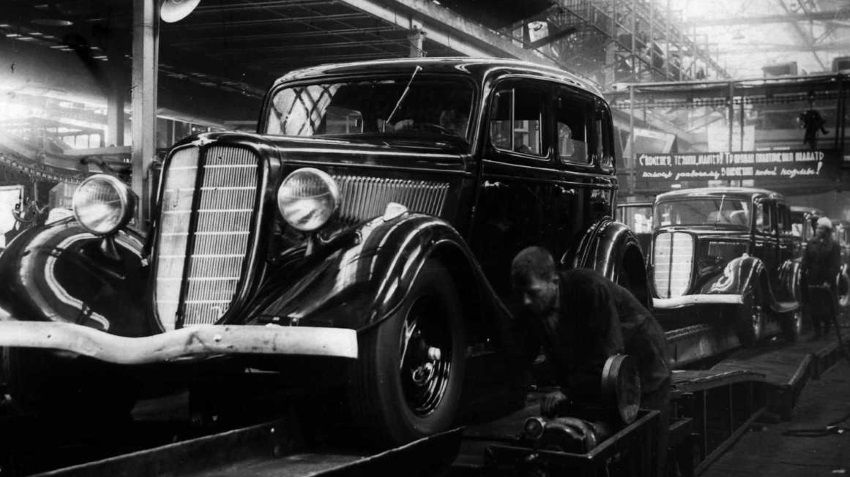
According to the documents Gas to 1942 was produced 62 888 copies "Emka". In June 1943 the body shop of the plant was destroyed by a German air RAID. After that the light appeared only boxed cars assembled from the remnants of the parts. After the great Patriotic war on the basis of M-1 made some modifications, none of which was truly massive. And in 1946 on the pipeline got a brand new car — the GAZ M-20 "Victory".
Technical characteristics of GAZ M-1 (1936)
the
-
the
- Length: 4 625 mm; the
- width: 1 770 mm; the
- height: 1 780 mm; the
- ground clearance under rear axle: 210 mm; the
- wheelbase: 2 845 mm; the
- weight: 1 370 kg; the
- load capacity: 500 kg; the
- engine: petrol chetyrehlistnyj Nizhnekamsky, with a capacity of 50 horsepower; the
- gearbox: manual, three-speed dochodowa; the
- max speed: 105 km/h; the
- fuel tank capacity: 60 litres the
- fuel consumption (operating normal): 14.5 l/100 km; the
- power reserve with a full load on the highway: 460 km. the
- Seating capacity: five people.
.
|
|
|
Element was not found.


